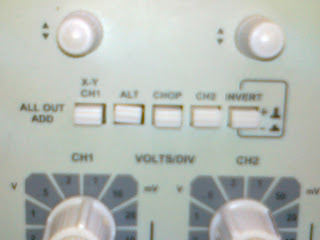Anti-Lock Braking System was designed originally for aircraft's to shorten the braking distance on short run way like aircraft carriers. It is designed to stop the wheels of a car from locking up, this result in vehicle still having steer-ability when braking because the tires still have grip of the road. This in turn enables the vehicle slow down aswell as steer around the object.
How does ABS workABS controlls the pressure automatically in the braking system by increasing or decreasing it, a similar effect to the driver using cadence braking style this pressing the brake and letting go, repeating pumping of the paddle.
Speed sensor mounted next to the cv joint, this measure if the wheel is locked and fast or slow the wheel is moving compared to the other 3 wheels.
Then after gathering the result the control module and modulator unit controls the valve in the hydraulic controls each brake line.
-need the alternater to be working 14.6v to be working or else the abs light somes on
-need the back brake light bulb to be working or the abs will come on aswell
Types of ABS
1ch = only one sensor at on the back axel controlling RL and RR
3ch= only 1 sensor at the back axel but 2 at the front
4ch= All 4 wheel has a sensor















































































